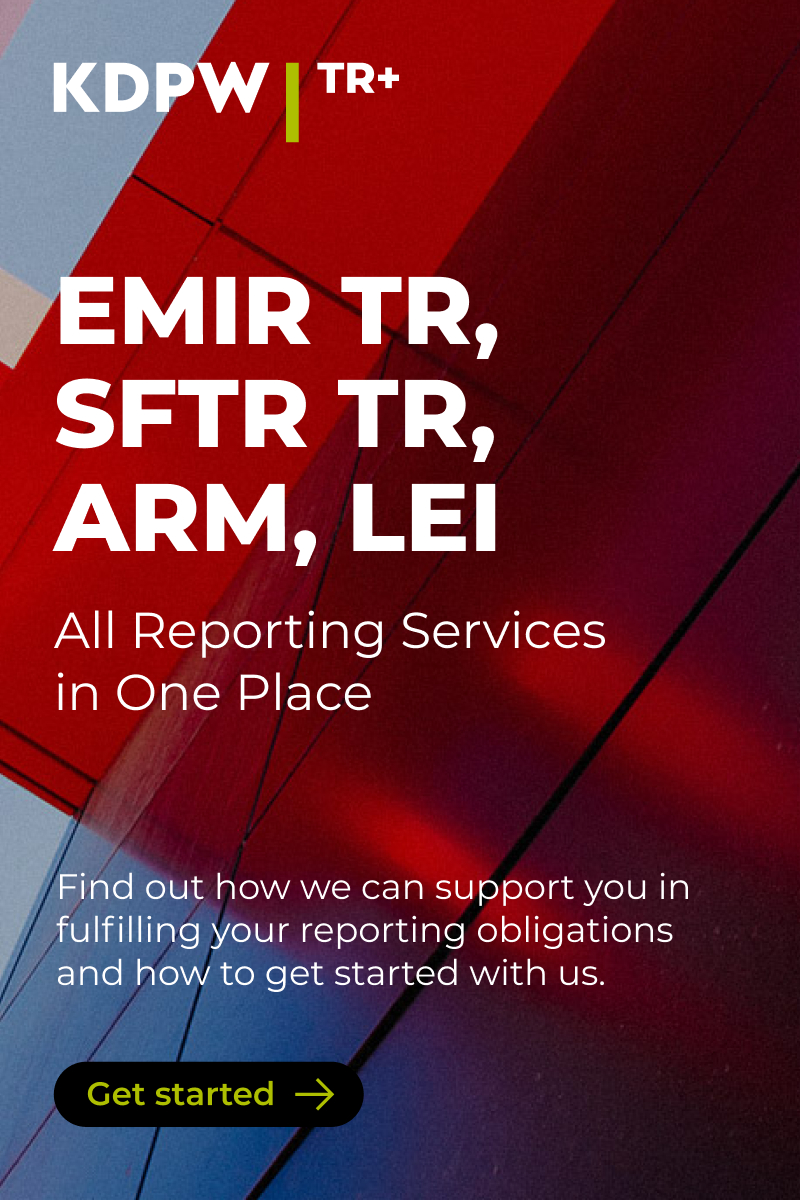Asset managers are struggling to capitalise on data opportunities, explained Matthew Luff, senior consultant at Linedata, when discussing the second Markets in Financial Instruments Directive (MiFID II) RTS 28.
Luff noted that the process for MiFID II RTS 28 best execution reporting is iterative and will become more efficient every year but asset managers should now have the basic quantitative data elements in place.
He cited: “Some managers will find that their own RTS 28 data does not, in isolation, provide useable insights.”
“Better opportunities will come from analysing a range of managers’ RTS 28 reports and assessing where the manager sits in comparison to peers.”
He explained that this can be complicated and its own internal trading desks are likely to be high up their list of execution venues.
Managers may find RTS 27, where exchanges and other trading venues have to report daily trading transaction data, more helpful for their analysis, Luff advised.
Luff stated: “Managers can analyse how often trades go unmatched and when a trade is pulled from a certain venue to gain a better sense of a venue’s liquidity.”
Meanwhile, he added that one of the greatest advantages of RTS 28 reporting is the visibility it provides to clients.
According to Luff, enhanced transparency will enable asset managers to have more informed conversations with clients and clearly demonstrate how execution decisions have been made in their best interests.
Additionally, managers will also benefit significantly from the good data practices they have to implement to get their data into the right shape for the report.



